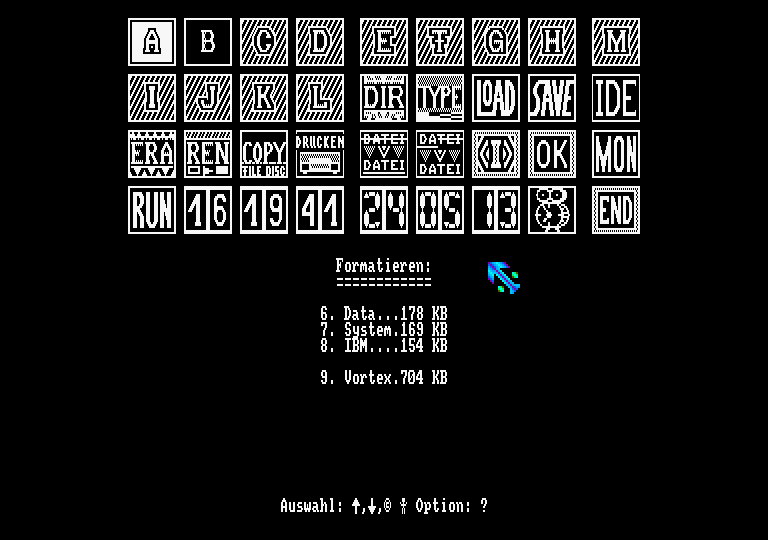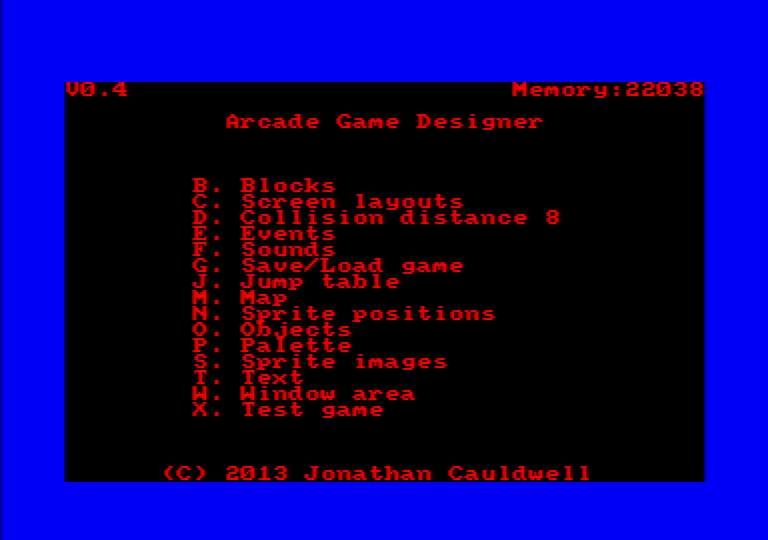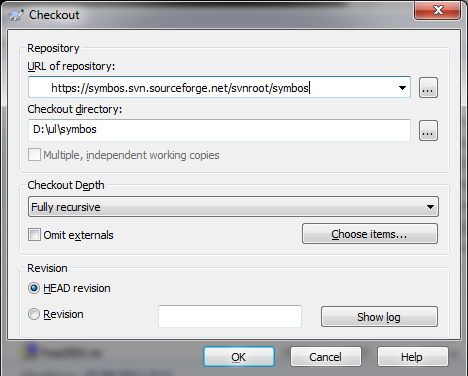Cent pour Cent by TotO, do your Amstrad CPC shopping there
-Cent pour Cent is a new Amstrad CPC web site where you will be able to buy extensions created and made by TotO :
- MultiRAM "concept" (still in prototype phase) : a 512KB RAM expansion using the MotherX4 module card format. (8x5cm)The idea is to use a 8x512Kb SRAM IC that allow a design close to a ROM board instead of trying to clone existing DRAM/PAL boards.
- MiniBooster : it is intended to be a CPC Booster replacement board for users who need to exchange data from a modern computer using USB or Bluetooth (optional module) connexion instead of the old DB9 serial connector. This board is MotherX4 formatted.
- MotherX4 : a multi-slots board that allow to plug up to 4 expansions to the back of your CPC like the MiniBooster COM board and the FlashGordon ROM board. Made to fit between the CPC and the CTM, its size is the same as a 3" floppy disc.
- CTC-AY : a card with 2 audio chips (2x Yamaha YMZ294 : AY compatible) on custom ports (no PPI), three left canals and 3 right canals with speaker mono mix and stereo mix, ...



_1.png)